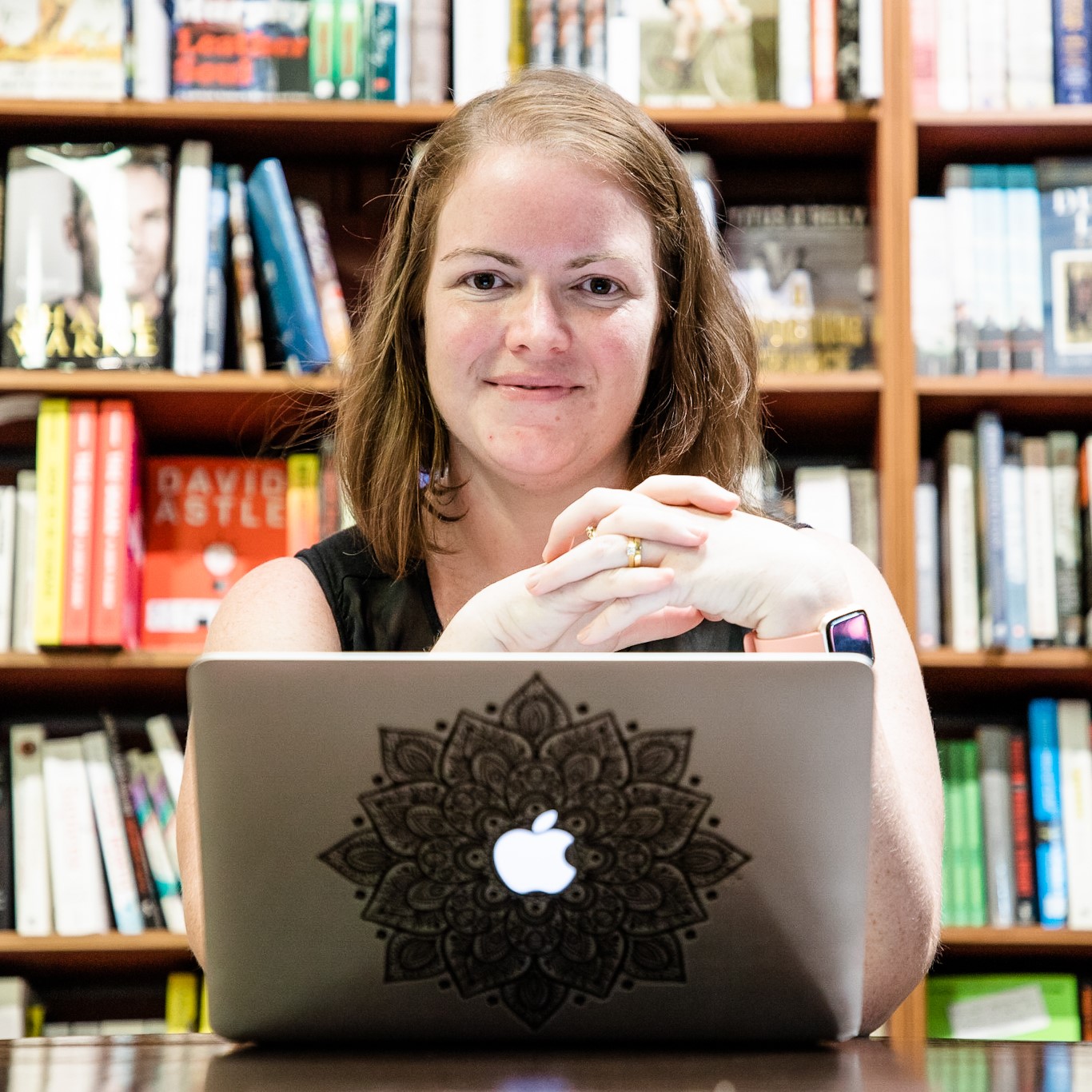All the big players in photography software are leaning heavily into artificial intelligence technology. As a family and wedding photographer, tech that helps me cut down on repetitive and boring tasks is a welcome prospect.
Adobe’s AI engine, Sensei, reportedly “brings the power of artificial intelligence (AI) and machine learning to experiences—deepening insights, enhancing creative expression, accelerating tasks and workflows and driving real-time decisions.” It does this by attempting to “anticipate what customers want.”
This raises questions for me — where does this position AI tech in relation to the art I create as a photographer? If the engine anticipates what customers want, what does that mean for homogeneity of our work as creatives?
What does AI mean for the work of creatives?
Let’s take these innovations to an extreme for a minute. Imagine I use a smart camera assistant like Arsenal in the field to guide me in taking “better photos in any condition.” I then upload my photos to Lightroom and use Adobe Sensei to choose the best images, completing the culling process (always grueling) in seconds.
Then I edit with Luminar, outputting a perfect edit in moments. From field to delivery, guided all the way.
What does this mean for the art I created? Who created it, me or the algorithms? Who’s deciding what’s “best” and “perfect?” How long before “what customers want” becomes what customers are told they want? (Or are we there already?)



Retaining control
Of course, automation in our workflows is not a new thing. Every camera comes equipped with an auto-everything option. I apply the auto settings function on Lightroom as a baseline before I complete my own edits.
But neither mechanism is trusted as actually “knowing best.” I shoot in manual because I understand the principles of how my camera determines exposure and I know Auto won’t always cut it. I edit from those auto settings because I know how I want my photos to feel. New AI algorithms are too complex for most of us to know what’s going on under the hood. For me, that makes it harder to trust, harder to hand over the control.
Human expression, personal taste and experience still must play its part. There is a place for AI within the workflow, but the creativity — the control — must remain mine. I don’t trust Lightroom’s Best Photos button to cull for me because it doesn’t know what I know about what I want to show of my subjects. However, maybe I’ll trust it to scan my culled photos and pick a few for social media or a client preview.
Maybe I’ll explore the upcoming suggestions of LuminarAI, and see if they take me in a direction I hadn’t considered before.
For many of us, that’s where the beauty of AI technology lies. Suggestions over decisions, and saving time in brute force tasks that take away from the energy we have to be explorative and generative. When creating isn’t limited by the learning curve of a complex tool, the process is made more accessible for everyone.














I’m hoping that it knocks out much of the repetitive, tedious processes in post. If it addressed some simple obvious culling, noise reduction, masking, outputting to multiple specifications simultaneously, machine-learns tendencies and offers them as suggestions, that would be a great start.
That would be great, wouldn’t it.
thank you…your post is very usefull to us….